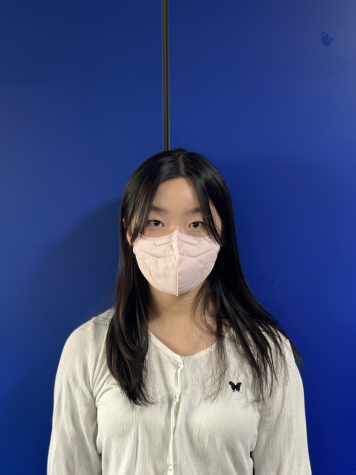This article is the second in a four-part series exploring the impacts of eating disorders. Part 1 discusses the mental and emotional effects, Part 2 provides an in-depth look at the specifics of eating disorders, Part 3 examines their impact on the CI community, and Part 4 highlights current solutions and available support options.

Helena Lopes. Unsplash, 12 November 2019.
Eating disorders are serious mental health problems where people have unhealthy eating habits that negatively impact one’s physical and emotional well-being. They can happen to anyone, no matter their age, gender, race, or social background. The common types of eating disorders are Anorexia Nervosa, Bulimia Nervosa, and Binge Eating Disorder (Heathline).
Anorexia Nervosa is characterized by an intense fear of gaining weight and a distorted view of one’s body, which leads individuals to severely restrict their intake of food. Common symptoms include drastic weight loss, obsession with calories and dieting, and intense exercise routines (Cleveland Clinic). Bulimia Nervosa involves cycles of binge eating, where individuals consume large amounts of food quickly, followed by actions to avoid weight gain such as vomiting, using laxatives, or over-exercising. Signs of Bulimia include disappearing large amounts of food, frequent bathroom trips after meals, and dental issues from vomiting (Adaa). Binge Eating Disorder (BED) is marked by recurrent episodes of eating large quantities of food quickly, often leading to discomfort. Unlike Bulimia, individuals with BED do not regularly use unhealthy compensatory measures. Symptoms include eating in secret, feelings of guilt or shame after eating and hoarding food (Neda).
Recognizing the signs of eating disorders is crucial for getting help early. These signs can be emotional, behavioral, or physical. Emotional and behavioral signs include an obsession with weight, food, and dieting, refusing to eat certain foods or entire food groups. There are more emotional and behavioral signs to be aware of below:
- Avoidance of mealtimes or social situations involving food
- Development of food rituals (e.g., excessive chewing, rearranging food)
- Withdrawal from friends and activities
- Extreme concern with body size and shape
- Mood swings
Physical signs include noticeable weight changes, stomach issues like cramps or acid reflux, or irregular periods. There are more physical signs to be aware of below:
- Dizziness or fainting
- Dental problems (e.g., enamel erosion, cavities)
- Dry skin and hair, brittle nails
- Muscle weakness
There are many misconceptions about eating disorders that can make it difficult for people to obtain the help and support they need. Addressing these myths is important for understanding and treating these conditions effectively. One common myth is that eating disorders are a choice or a lifestyle. In reality, eating disorders are complex mental health issues with no single cause, often develop as a way to cope with difficult emotions or situations, and are not a matter of choice (UR Medicine). Another myth is that only teenage girls get eating disorders. However, eating disorders can affect anyone, regardless of age, gender, or background. Men, older adults, and people from different races and ethnicities can also have eating disorders (Butterfly). It is also falsely believed that eating disorders are about vanity. While societal pressures can contribute, eating disorders are more about control and coping mechanisms rather than vanity. Many people with eating disorders hide their bodies rather than seek attention. Additionally, another misconception is that parents are to blame for their child’s eating disorder. Parents do not cause eating disorders; however, they can play a crucial role in their child’s recovery by providing support and understanding. Lastly, some believe that recovery is just about eating normally. While normalizing eating habits is essential, recovery involves more than just eating normally. It also includes addressing underlying psychological issues through therapy and support. It is a comprehensive process that goes beyond just food intake.
Understanding eating disorders is a crucial step in supporting those affected. Early intervention and comprehensive treatment can greatly improve outcomes and help individuals lead healthy, fulfilling lives.
Sources:
https://www.healthline.com/nutrition/common-eating-disorders
https://my.clevelandclinic.org/health/diseases/4152-eating-disorders
https://adaa.org/eating-disorders/types-of-eating-disorders
https://www.nationaleatingdisorders.org/warning-signs-and-symptoms/
https://www.urmc.rochester.edu/childrens-hospital/adolescent/eating-disorders/myths.aspx
https://butterfly.org.au/eating-disorders/myths-about-eating-disorders/












